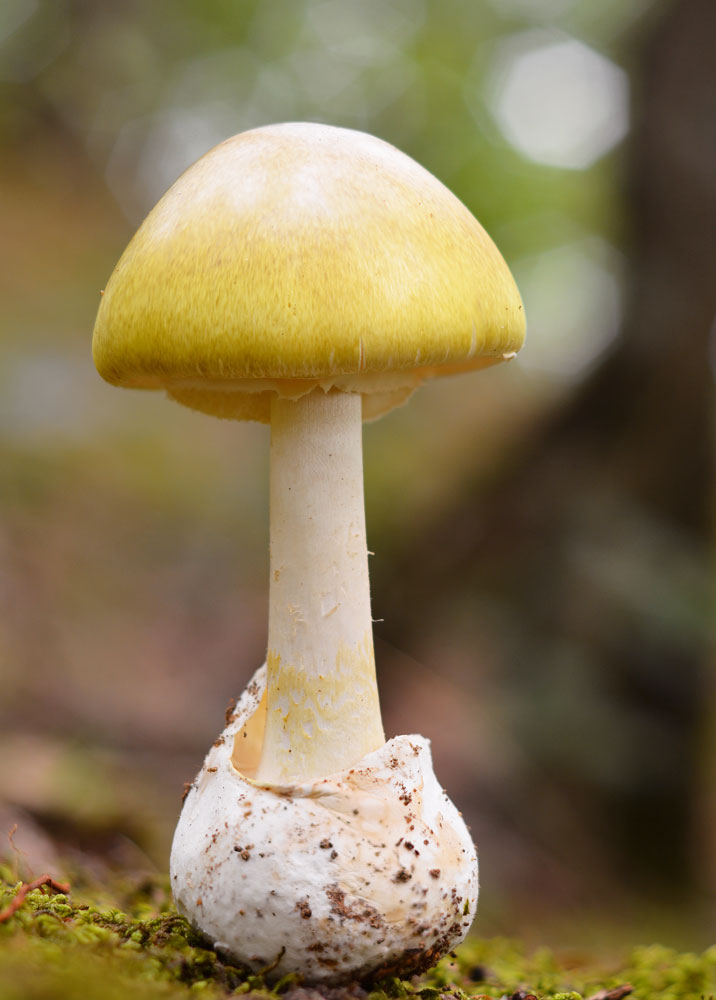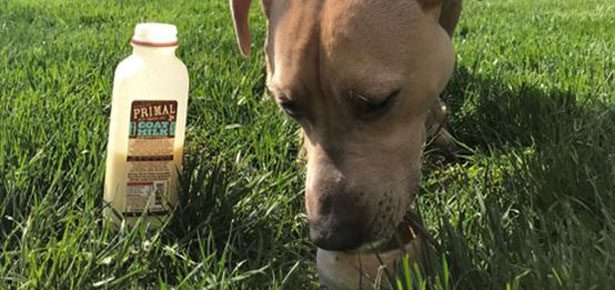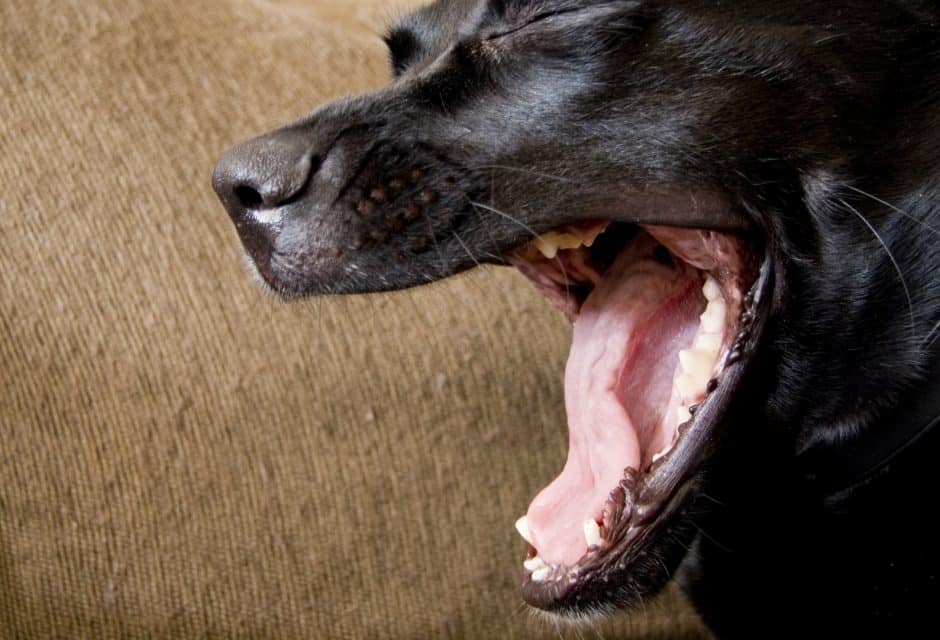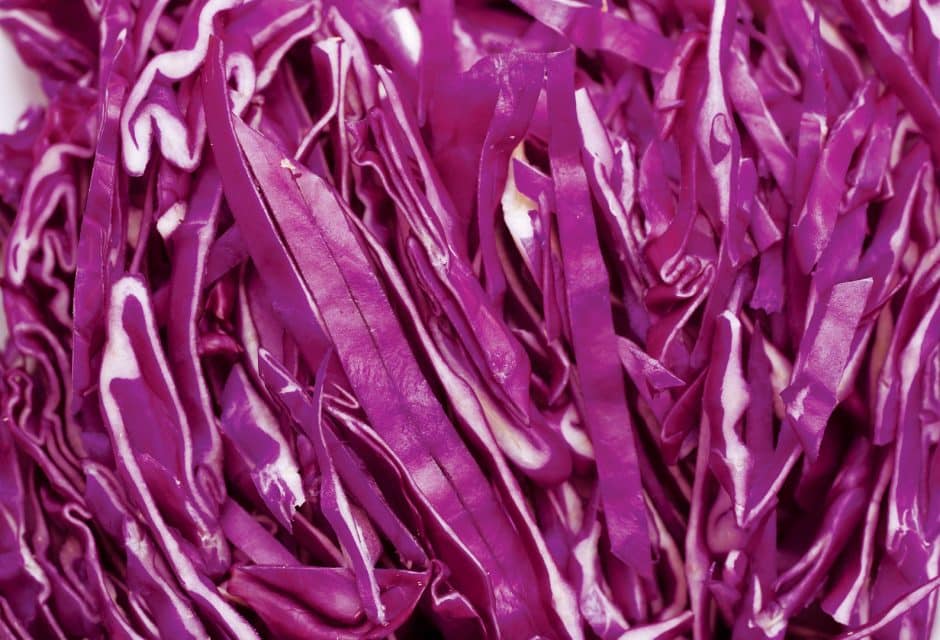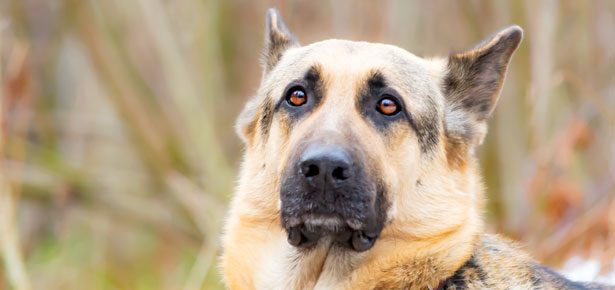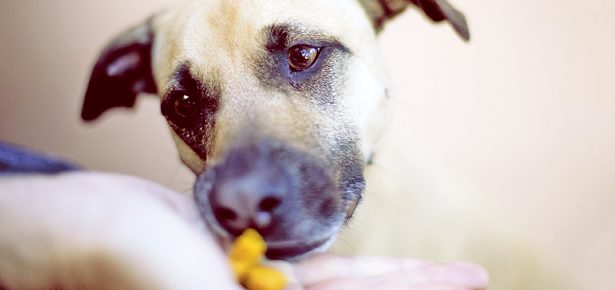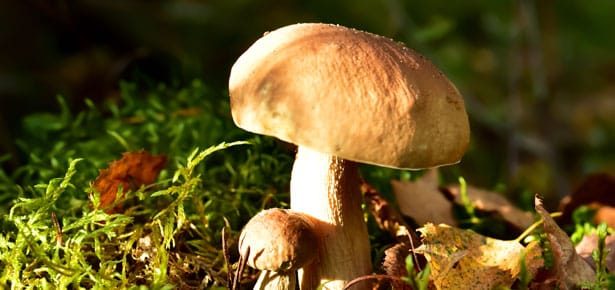

Avoid Mushroom Poisoning In Pets
Although commonly underestimated, mushroom intoxication ranks near the top of the list of pet poisonings each year. Of these deadly fungi, Death Cap mushrooms are the number one cause of fatal mushroom poisoning worldwide.
By: The Texas A&M University College of Veterinary Medicine & Biomedical Sciences
Last Updated:
Although commonly underestimated, mushroom intoxication ranks near the top of the list of pet poisonings each year. Of these deadly fungi, Death Cap mushrooms are the number one cause of fatal mushroom poisoning worldwide.
Death Cap mushrooms are an invasive species that favor oak and pine trees. While they can be found across Texas, Death Cap mushrooms tend to thrive in cool, damp climates and are usually seen during rainy seasons.
Unlike some poisonous plants, most mushrooms present an initial identification issue for pet parents. Although it can be difficult to tell the difference between a toxic and non-toxic mushroom, a common identifier of a Death Cap is a yellowish-green cap that grows large and flat as the mushroom ages.
Another important characteristic of the Death Cap mushroom is the fish-like odor it emits while decaying. This odor seems appealing and appetizing to dogs and cats and typically leads to themushroom’s ingestion.
Dr. Justin Heinz, an assistant professor at the Texas A&M College of Veterinary Medicine & Biomedical Sciences, urges pet owners to contact their veterinarian immediately if they believe their pet has ingested a mushroom.
“We don't necessarily see a lot of cases that we can directly attribute to ingestion, but the development of clinical signs are usually delayed by six to 12 hours,” Heinz said. “Initial clinical signs are usually gastrointestinal in nature, resulting is vomiting and diarrhea, and blood may occasionally be noted in either.”
Heinz added that these signs will typically resolve within 24 hours. However, it is important for owners to understand that this does not mean that their pet is in the clear.
Photo by MaxSafaniuk/bigstock.com
“Unfortunately, after about 48-72 hours following resolution of these signs, the patient will develop liver and kidney failure, with liver failure being far more common,” he said. “Prognosis at that point is pretty guarded.”
According to Heinz, all mushrooms vary in toxicity. Some cause self-limiting gastrointestinal distress, while others cause neurological effects such as tremors and seizures. A misidentification can lead to serious illness or death in your beloved pet.
“Identification of some of these mushrooms may actually require a mycologist,” he said.
“For this reason, I recommend keeping pets away from any mushrooms in the yard or on walks. Better safe than sorry.”
As always, pet owners should contact their veterinarian if they believe their pet has eaten anything suspicious. By removing mushrooms from your path and keeping a close eye on your pet during walks and outings, you can ensure their good health will remain intact.
Join the newsletter and never miss out on dog content again!
"*" indicates required fields
By clicking the arrow, you agree to our web Terms of Use and Privacy & Cookie Policy. Easy unsubscribe links are provided in every email.
